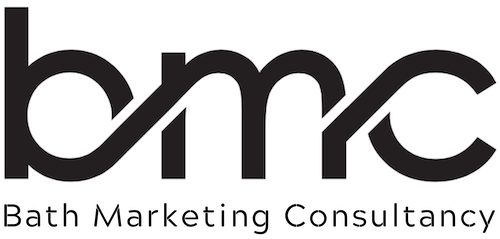Marketing is not a one-size-fits-all discipline. Every business has unique goals, target audiences, and industry landscapes, meaning that what works for one company may not be effective for another. That’s why testing new initiatives is crucial. It allows businesses to measure impact and effectiveness before making a full-scale commitment. Yet, many companies hesitate to trial new marketing ideas, fearing wasted budget or underwhelming results. But the reality is that marketing success often comes from calculated experimentation.
Marketing theory has long been built around the principle of pre-testing—particularly when the financial investment and risks of mass marketing campaigns can be substantial. Testing on a small scale first can provide valuable insights, allowing businesses to refine their approach before rolling it out on a larger scale. So, rather than playing it safe with the same tactics over and over again, consider how small-scale tests can shape and improve your marketing strategy.
Start Small, Learn, and Scale
Many marketing initiatives can be tested in a low-risk, controlled manner before committing fully. The key is to find ways to trial your ideas while limiting financial exposure.
1. Direct Mail and Email Campaigns
If you’re considering a mailshot, rather than sending it to your entire database at once, why not test it on a smaller segment first? By targeting a select group of prospects or customers, you can monitor response rates, engagement levels, and overall impact before rolling it out to a broader audience. A/B testing different messages, designs, or offers can also help fine-tune the campaign for maximum effectiveness.
2. Marketing Materials & Sales Collateral
From company brochures to credentials decks and sales presentations, testing with existing clients can be a great way to gather honest feedback. Rather than assuming a new document or pitch will resonate with your audience, why not trial it in real-world scenarios first? If something doesn’t work, it’s far better to refine it now than risk losing potential new business later.
3. Advertising & Brand Identity
Certain marketing elements—such as brand identity, advertising, and printed literature—require more upfront investment, making testing more challenging. However, that doesn’t mean you should go in blind. Before committing to a major advertising campaign, consider running small-scale tests on social media or digital platforms to gauge audience response. Similarly, if you’re updating your brand identity, seek feedback from existing customers or trusted industry contacts before finalising the new look and feel.
Be Open to Feedback—And Ready to Act On It
The most important part of testing is being willing to listen to feedback and adjust accordingly. If a campaign isn’t resonating or a new marketing approach falls flat, use that insight to improve rather than persisting with something that isn’t working. Marketing should be a dynamic process, continually evolving based on data, audience response, and market trends.
The customer is always king—so if the results of your test indicate that an idea isn’t landing as expected, take that as valuable insight rather than a failure. Some of the most successful marketing strategies come from businesses that aren’t afraid to experiment, learn from feedback, and refine their approach.
Final Thoughts
Marketing is about innovation, creativity, and strategic thinking. While tried-and-tested methods have their place, growth often comes from being bold enough to try something new. By embracing small-scale testing, you can gain the confidence and data you need to make informed marketing decisions—without the fear of costly mistakes.
So, don’t be afraid to test, measure, and refine. Your next big marketing success could be just one experiment away.




